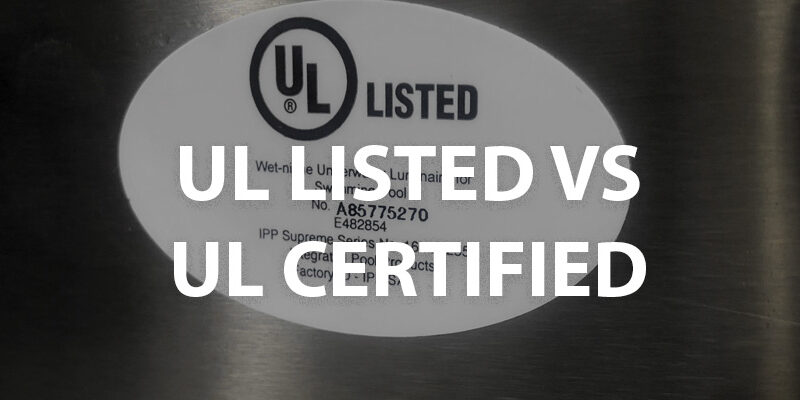Does the specification for your UL labels call out Mylar labels as a material? If it does, there a good chance it’s been around a while.
As many UL label specifications have worked their way across my desk, one theme that keeps resurfacing is the reference to Mylar® as a face stock. Of course plenty of materials are referenced in specifications, but what makes this odd, is that the label industry hasn’t used this particular reference in quite some time. What gives?
First let’s take a step back for a moment. You may be asking yourself at this point, “isn’t Mylar® the stuff they use on birthday and weather balloons?” And you know what…you’d be right. One iteration of the material–specifically a thin metallized version–is used for just that purpose. Back in the early 1950’s, Dupont developed a biaxially-oriented (i.e. during manufacturing the film is stretched in two directions) polyethylene terephthalate stretched film and branded it Mylar®.
Because of it’s uses, and because it was originally the only game in town, the Mylar® name spread throughout the engineering community. That said, it’s important to mention that in much the same way that Kleenex® is a brand of facial tissue, Mylar® is a brand of polyester film (that’s why I keep putting a registered mark next to the name). Today in the label industry there are many generic polyester options out there, but with certain sets of people and on older specification drawings, the brand name reference has stuck.
So what should you call it? The name most commonly associated with the material these days is polyester. True there are many polyesters, but the term “polyester” as a specific material most commonly refers to the polyethylene terephthalate construction mentioned above. The abbreviation PET is also sometimes used.
While the material can be thin like the emergency blanket that marathoners use, the material used by the label industry is much thicker (typically 1 or 2 mils). Because of its high tensile strength, chemical, and dimensional stability, this is a perfect material for wide-ranging durable applications like UL 969 standard labels. Just remember, if you can’t find Mylar face stock for your UL Labels, try asking for polyester instead.
Contact us here to learn more about the labels we offer and how we can help you with your label needs.
Photo “Curled Mylar” courtesy of Dan Phiffer. Cropped for size.


